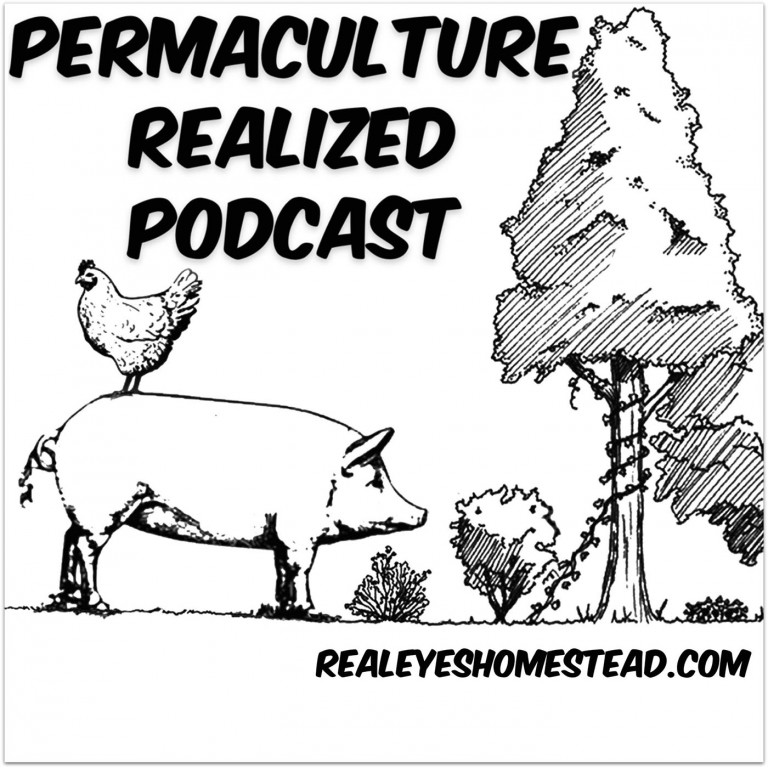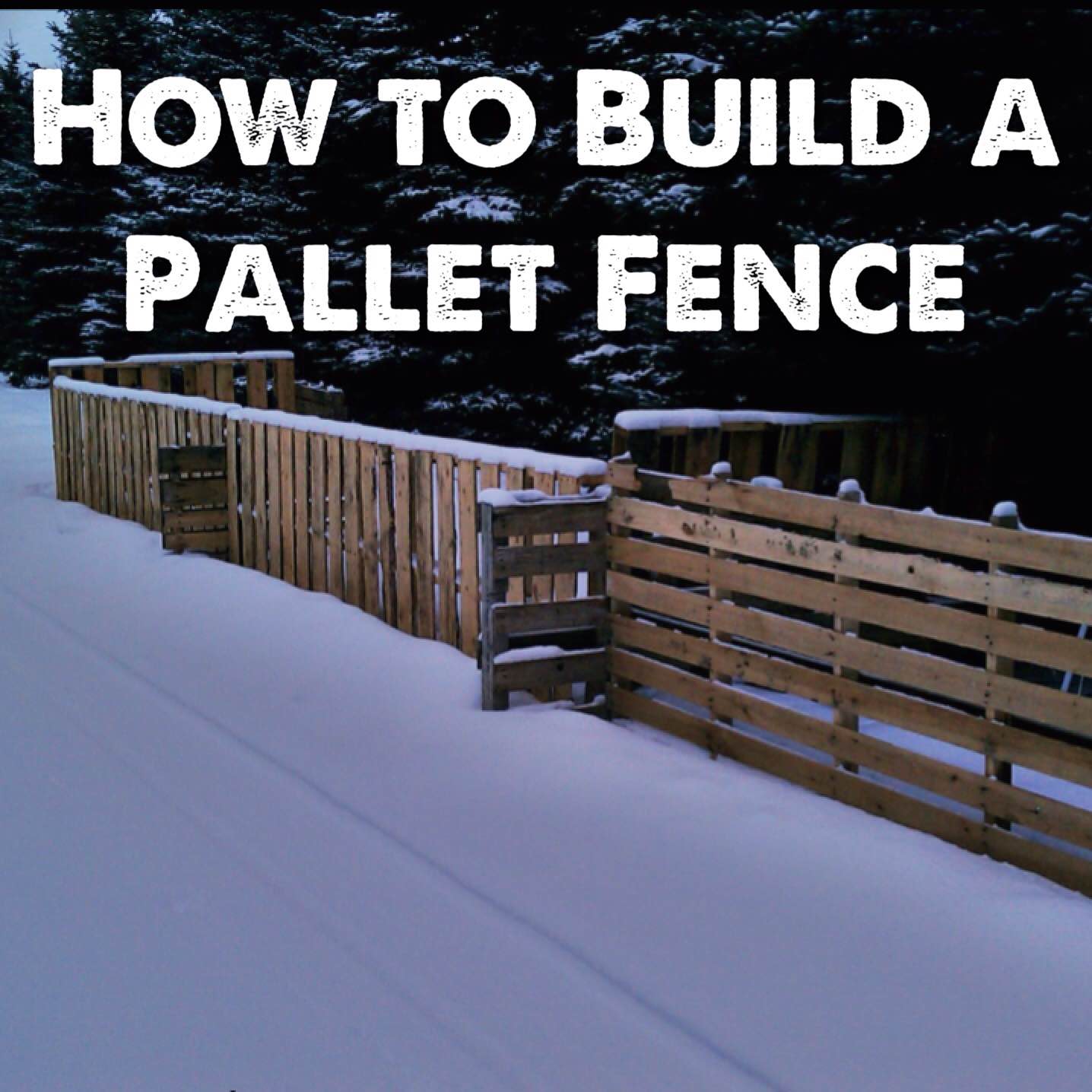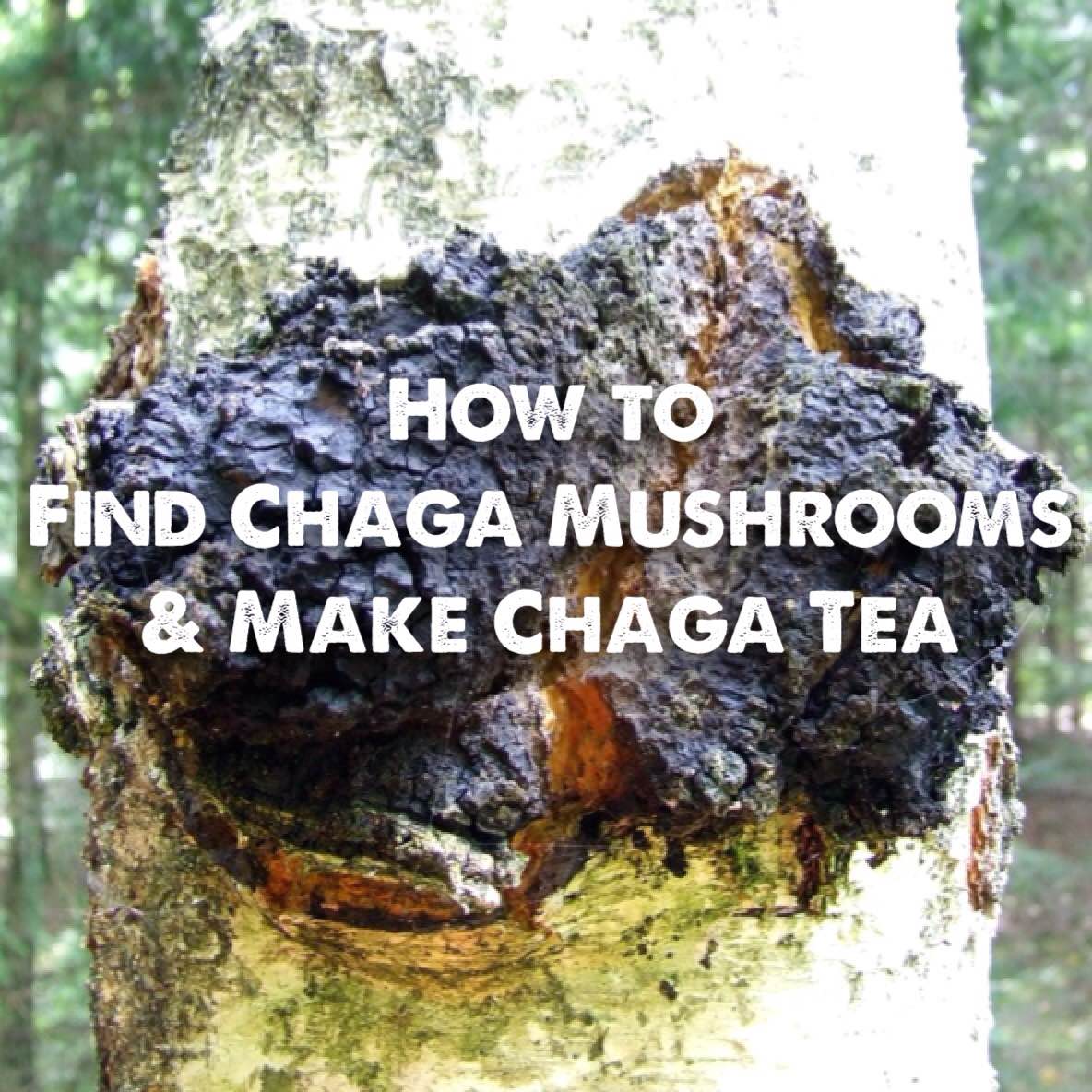This is a clip from a 2016 workshop led by Trevor Newman of Roots to Fruits, hosted by Realeyes Homestead.
Transcript:
Trevor: Yeah really good way to integrate ground cover species is overseeding into the exist– either into the existing vegetation or into the compost mulch pits. We typically use a combination of like legumes like clover and veg and all that stuff and then top rooted plants like daikon, turnip, chicory, things like that they have deep taproots. On a site like this I would think that something like daikon would be really, really a good way to build the organic matter in the soil and the idea of that is you plant a bunch of it and you don’t harvest it. You leave that big daikon in the soil—
Girl: We have tons of it.
Trevor: and then it just becomes like a column of organic matter.
Levi: You want to demonstrate? So that’s clover, turnip and daikon radish.
Girl: that’s what we do behind the pigs and those are some of the yellow flowers you see over there.
Levi: It’s also inoculated.
Broadcasting Cover Crops
Trevor: Literally, it’s like feeding chickens. I like this strategy and I’m gonna get a little bit beyond the mulch bed but that’s fine. It’s a nice distribution pattern like it spreads it. And like I would suggest, Levi, like areas like this where there’s a lot of bare dirt coming through and get
Girl: you don’t have to rake it in. You just– just top seeding and –
Trevor: I mean, you can make it as simple or as complex as you want. It might help to rake it in but I don’t think it’s even necessary.
Girl Trevor: this concept we throw this stuff behind the pigs and other mixtures, too, and a lot of times we don’t break it in or do anything. But sometimes we throw it in to the pigpen right before we’re going to move them and so then they kind of stomp on it.
Some Understory Species to Establish by Seeding in
Trevor: Bird’s foot trefoil. Buckwheat is a good one.
Girl: We’ve done that one
Trevor: If you can get your hands on like bulk vegetables seeds and for things like lettuces and greens like mixing that into your cover crop seeds add onto that forging aspect. And then like the kit– like the– you can get like bulk– it’s like kale but it’s like a forage kale or something
Levi: well there’s a canola or rape. That’s a big– it’s rapeseed. It’s what they make canola oil with but it’s a Brassica and you can eat the greens and its cold hardy and it grows really easily. The seed is cheap. There’s peas. Peas are a little more expensive but you can do that. They’re edible greens.
Trevor: You can even get like– not really like– this is a little bit different but it’s mixing in like different native wildflower seeds even with your ground cover mix.
Girl. I would love wildflowers.
Trevor: It’s a great way to diversify the ground covers without really doing much. Like I said, overseeding onto existing grass and stuff like this works great, too. So like here, I get a lot more white and red clover and really get it going in these alleys.
Establish Mint From Cuttings/Divisions (also works for other plants like Comfrey and Chives)
Trevor: Another thing I like to do with mint is integrating into orchards by digging up a patch and chopping up a bunch of rhizomes and then just come through here and literally like plug it, in push it back, plug it in and then– I mean a lot of people are like, ‘I don’t want mint it. It spreads all throughout my yard’. But like in an orchard, I think having that spreading nature is like kind of nice especially because it will compete well with some of the more like tenacious grass but just depends on what you’re trying to do.
Levi: A lot of mint likes to grow in a wet environment so that be more like close to the lake but there is mountain mint and I’ve gotten that established up over here into native and it’s more drought-tolerant. People can bury—
Trevor: And it doesn’t spread like most mint.
Levi: It’s been starting to look like spreading pretty good.
Trevor: Really?
Levi: It’s not like crazy.
Trevor: little bit taller, too, right?
Levi: Yeah, it’s—Yes. It’s like that tall and it started out with a cluster that big and in a couple years later now it’s like that big.
Trevor: Yeah
Levi: and it’s got a good flavor so I’ll probably take some from that patch and then make little plugs here. Then as grow, then I’ll just duplicate and then just grow exponentially and I could just– just grows from one little thing out and I can just keep spreading outwards from the house to the broader pasture.




